A group of researchers from North Carolina might have just solved a perplexing age-old question: how were the massive pyramids of Giza built?
Many have explored possibilities over the hundreds of years that this question has been asked. We now know the answer. Thanks to modern technology like satellites, the mysteries of the ancient Egyptian pyramids have now been exposed.
Puzzled by Pyramid Construction

The world-famous pyramids were built over 4,000 years ago. For centuries, people have questioned how the amazing Egyptian pyramids were built.
Some created conspiracy theories (like pyramid-building aliens) while others (who are definitely more grounded) questioned exactly what ancient Egypt looked like in order for them to be built.
A Missing Piece
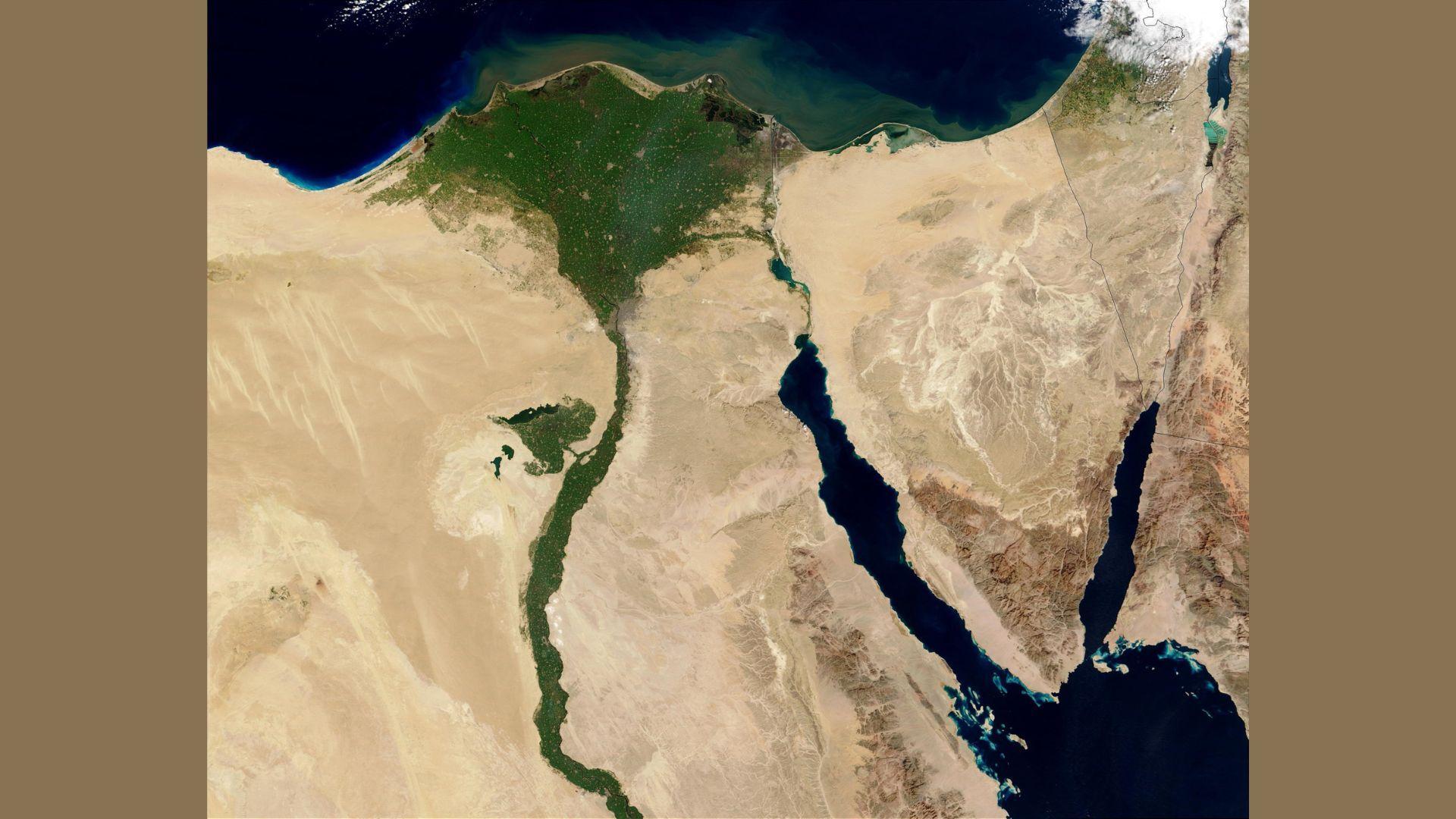
Researchers at the University of North Carolina Wilmington believe that they’ve found the answer to this age-old question.
The team has discovered a long-gone branch of the Nile River. This Nile tributary has been covered under desert and farmland for thousands of years.
The Nile River
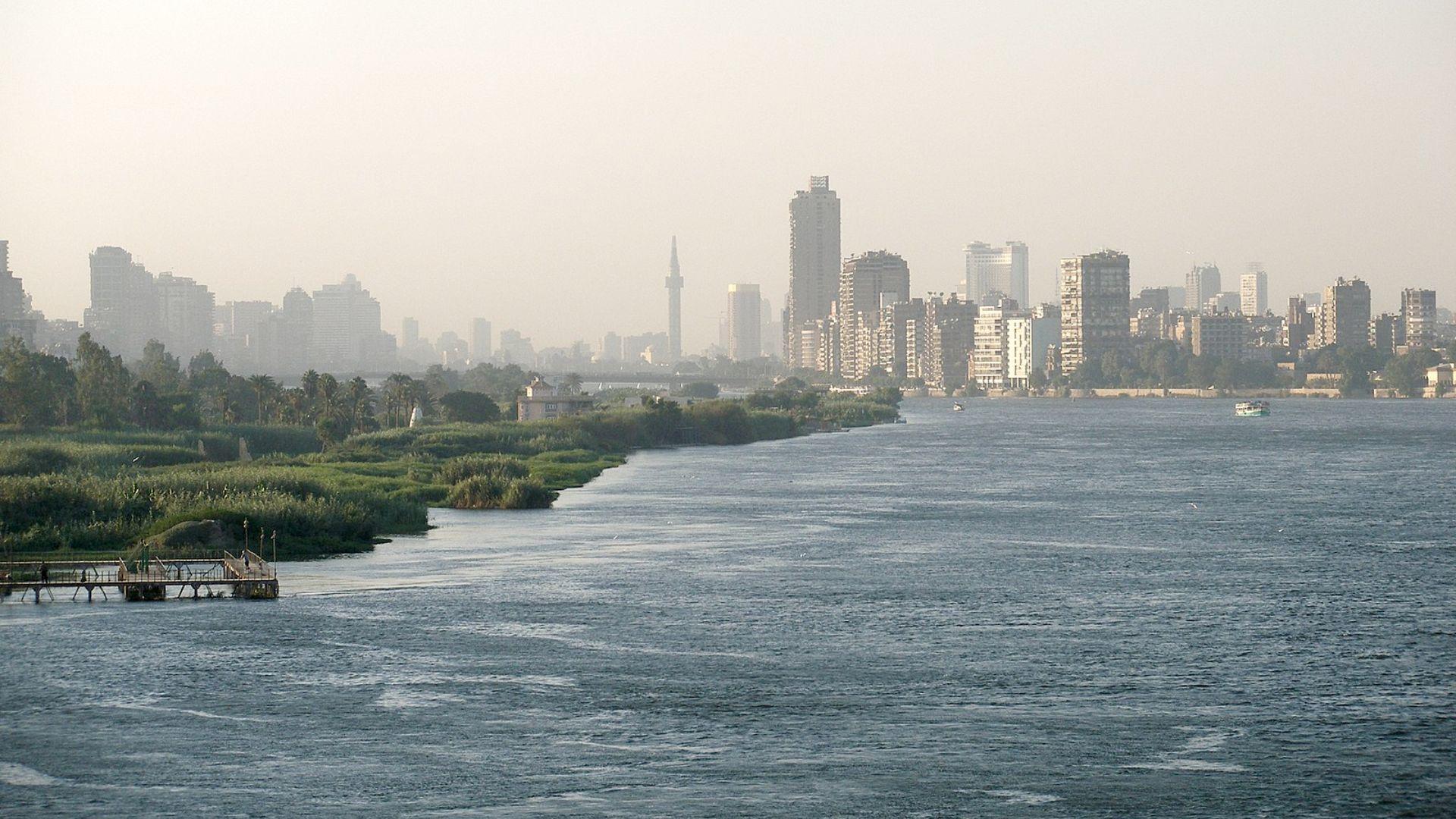
The Nile River was Egypt’s main source of water 4,000 years ago. It continues to be extremely important for the Egypt of today.
The Nile is the longest river in Africa at 4,130 miles long. It flows into the Mediterranean Sea.
The Waterway Hypothesis
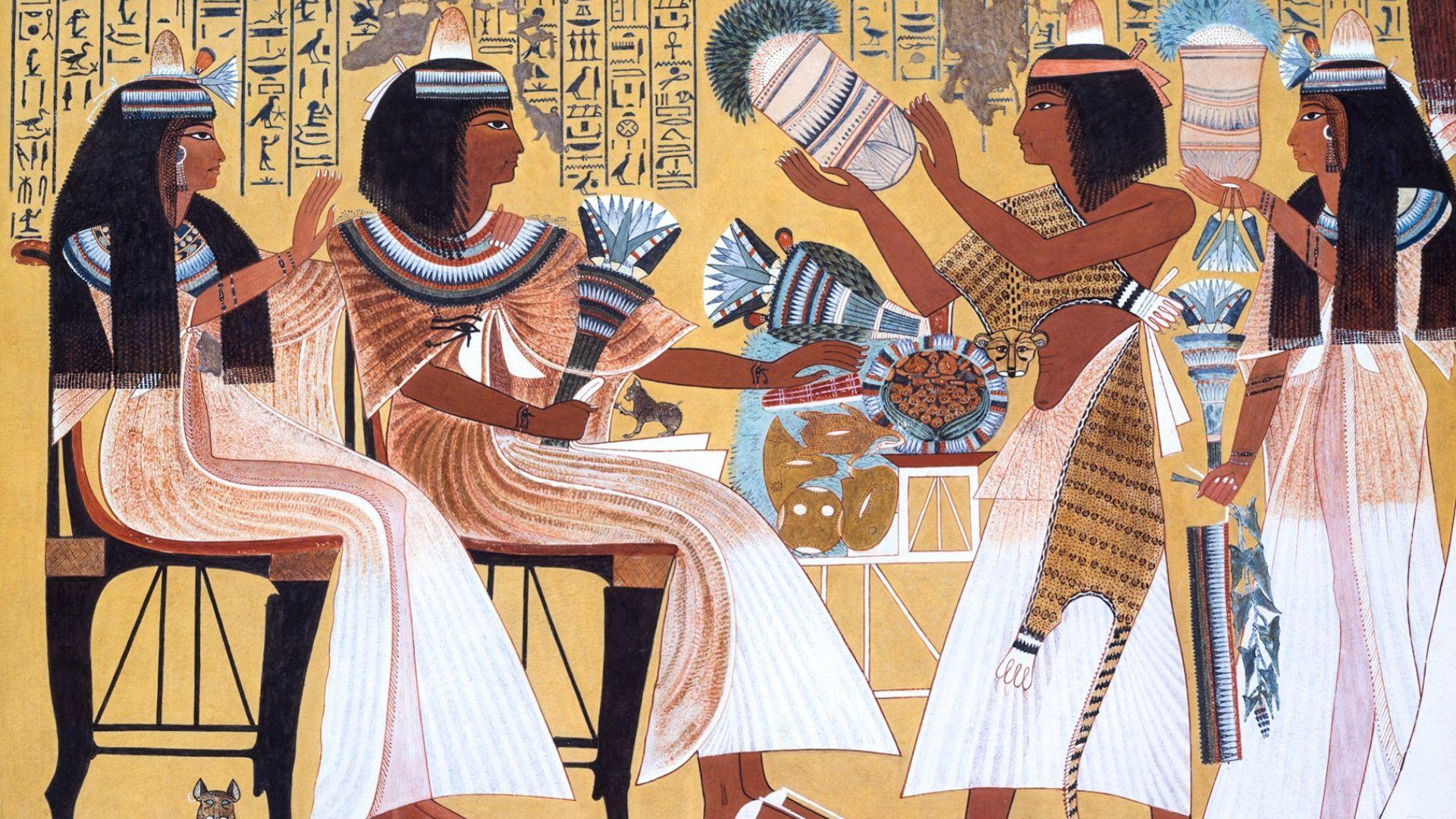
Archeologists have suspected for a long time that ancient Egyptians used some kind of waterway to transport materials (and people) to the pyramids.
One of the lead researchers, Professor Eman Ghoneim, explained that “nobody was certain of the location, the shape, the size, or proximity of this mega waterway to the actual pyramids site” until her group’s research.
Exposing the Ancient Nile
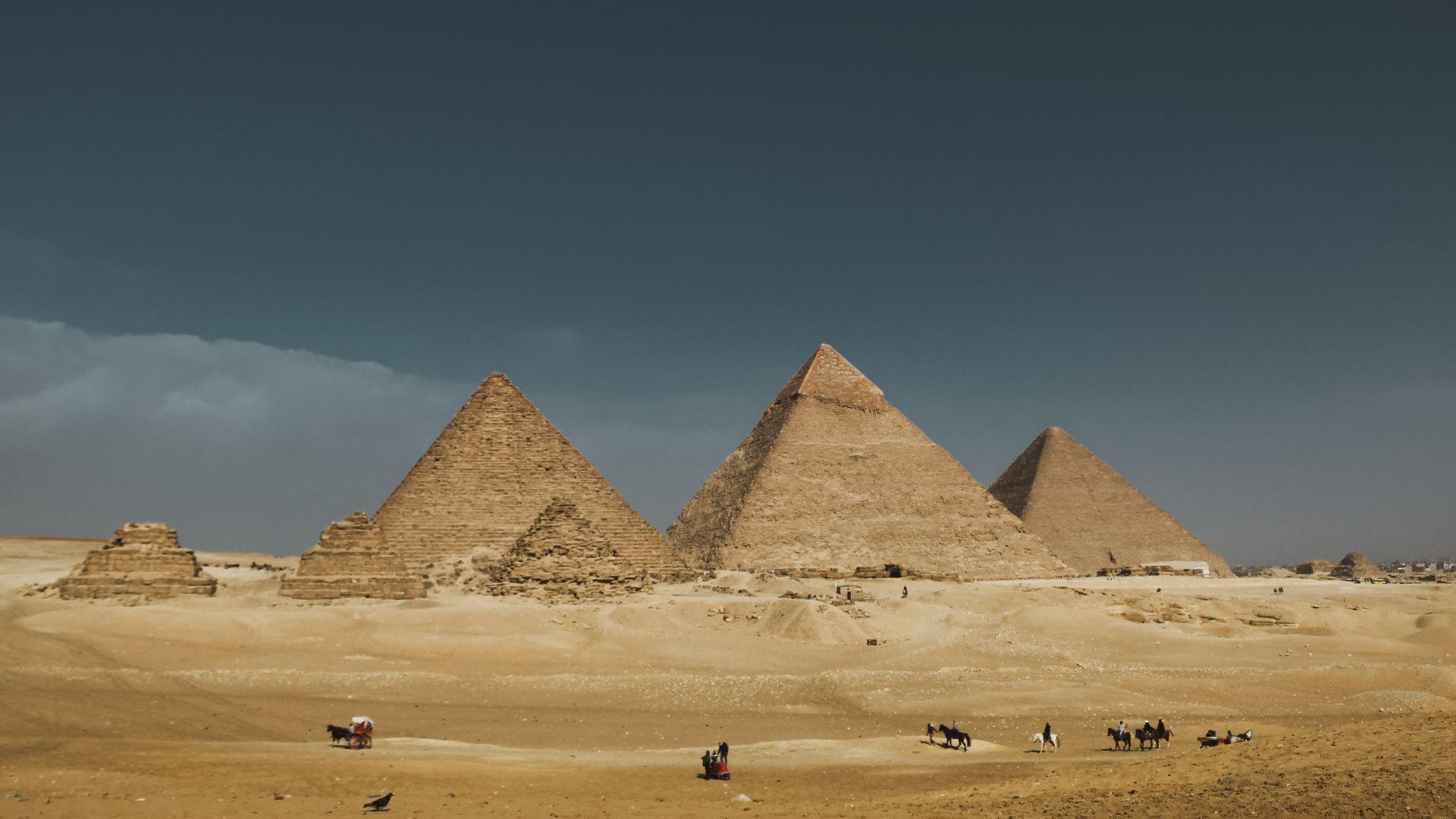
On Thursday, May 16th, 2024, Professor Ghoneim and her colleagues published their research about the ancient Nile River in the journal _Nature Communications Earth & Environment._
The group used radar satellite imagery, historical maps, geophysical surveys, and sediment analysis to map the ancient river branch. They believe that thousands of years ago, the tributary dried during a major drought and then was covered by sandstorms.
Necessary Transportation

The pyramids are made of extremely heavy stone blocks. These blocks would not have been easy to transport.
Dr. Suzanne Onstine, one of the study’s co-authors, said to the BBC that “locating the actual [river] branch and having the data that shows there was a waterway that could be used for the transportation of heavier blocks, equipment, people, everything, really helps us explain pyramid construction.”
The Ahramat Branch
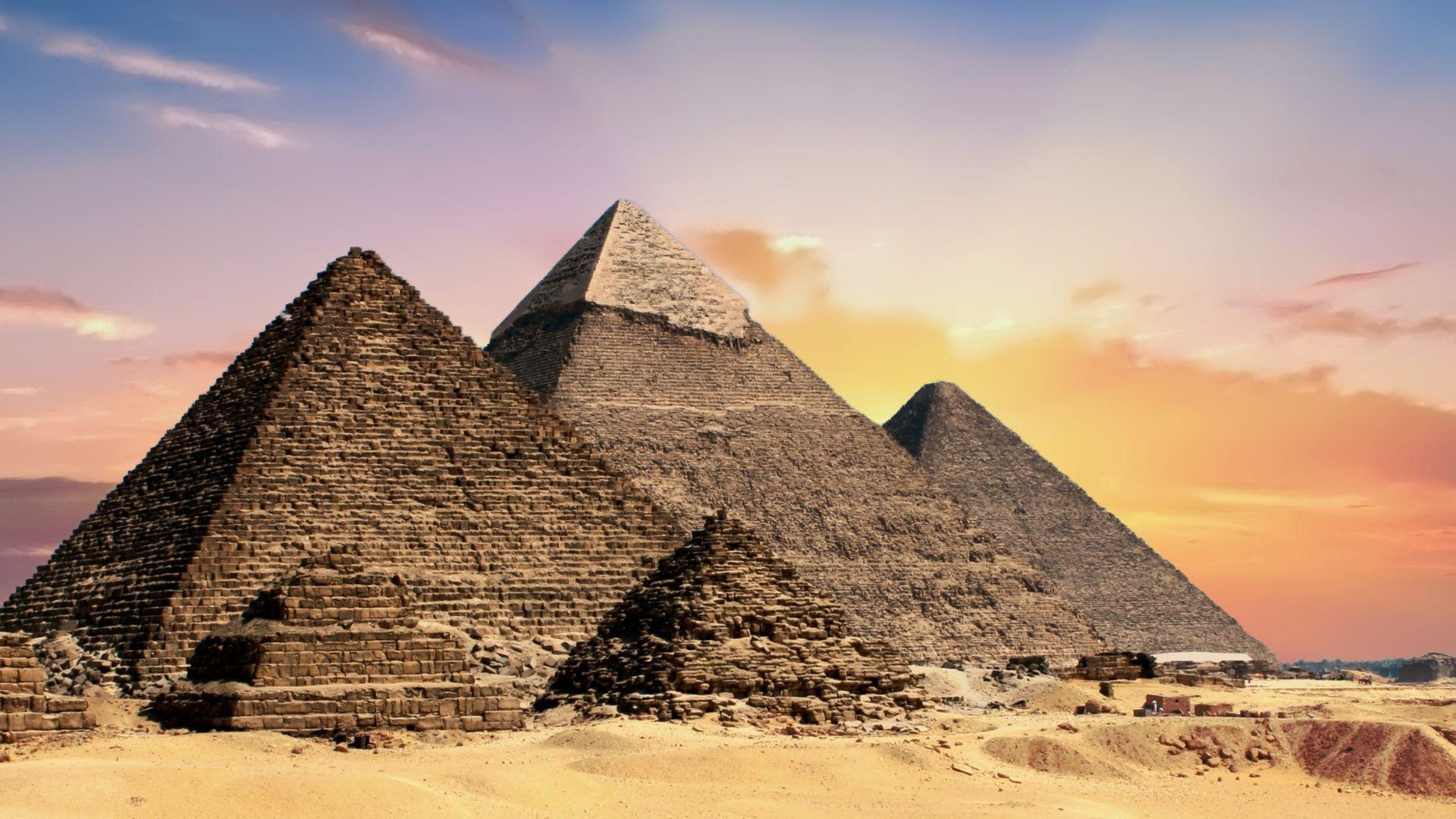
The group named the branch the Ahramat branch—named after the Arabic word for pyramids. It was about 39 miles long (64 kilometers) and varied between 656-2,296 feet (200-700 meters) wide.
This branch bordered 31 pyramids, built between 4,700 and 3,700 years ago. Dr. Onstine explained that the ancient Egyptians could “use the river’s energy to carry these heavy blocks, rather than human labor…it’s just a lot less effort.”
Ancient Environmental Changes
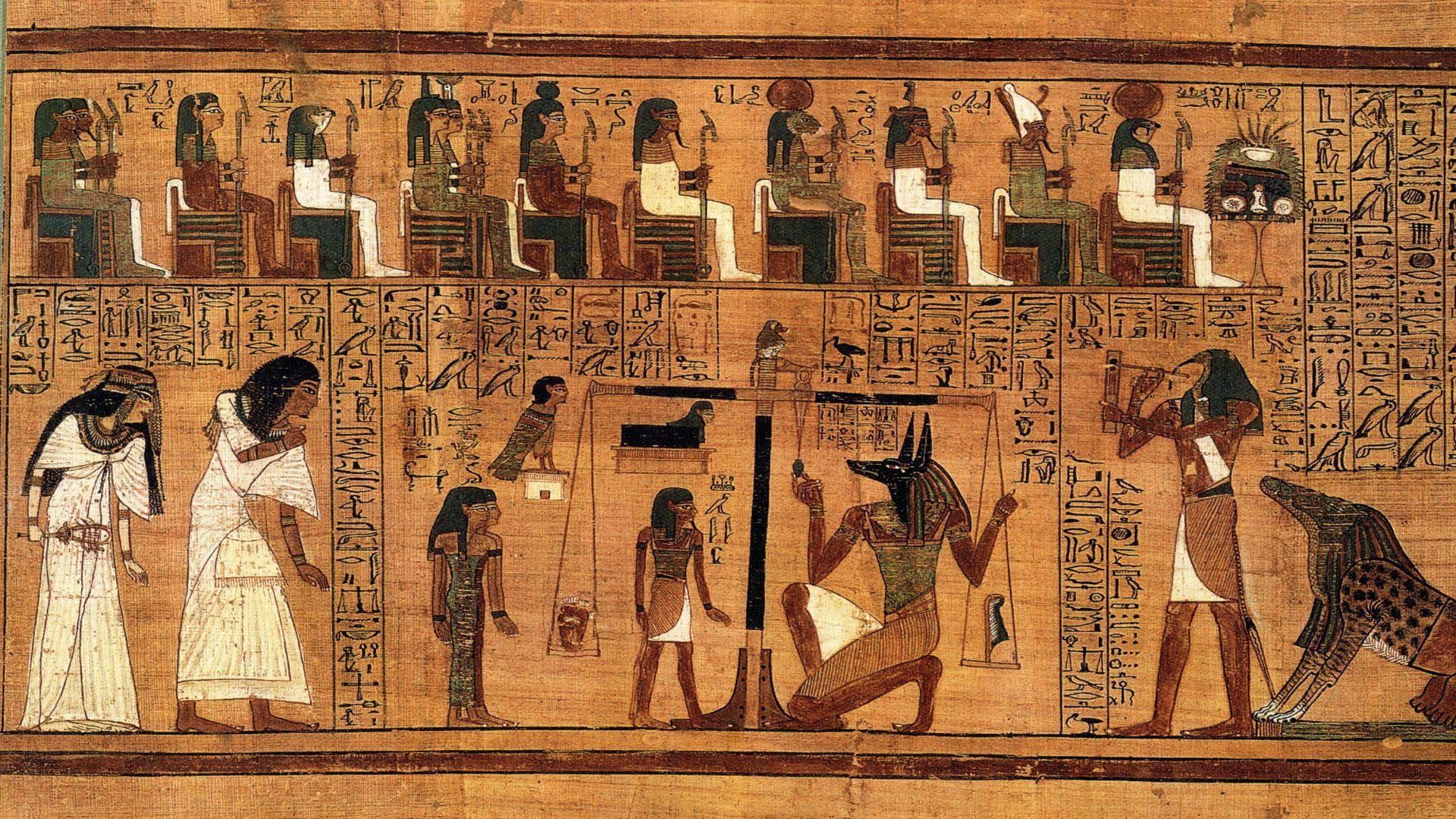
The authors of the paper stressed that this discovery highlights how humans have always been affected by environmental change. The Nile was of utmost importance to the survival of the ancient Egyptians.
The researchers also hope that their discovery encourages the exploration of potential other dried branches of the Nile. Researchers could then prioritize archaeological excavations along their ancient banks and help protect Egyptian heritage.
An Answer to the Age-Old Question
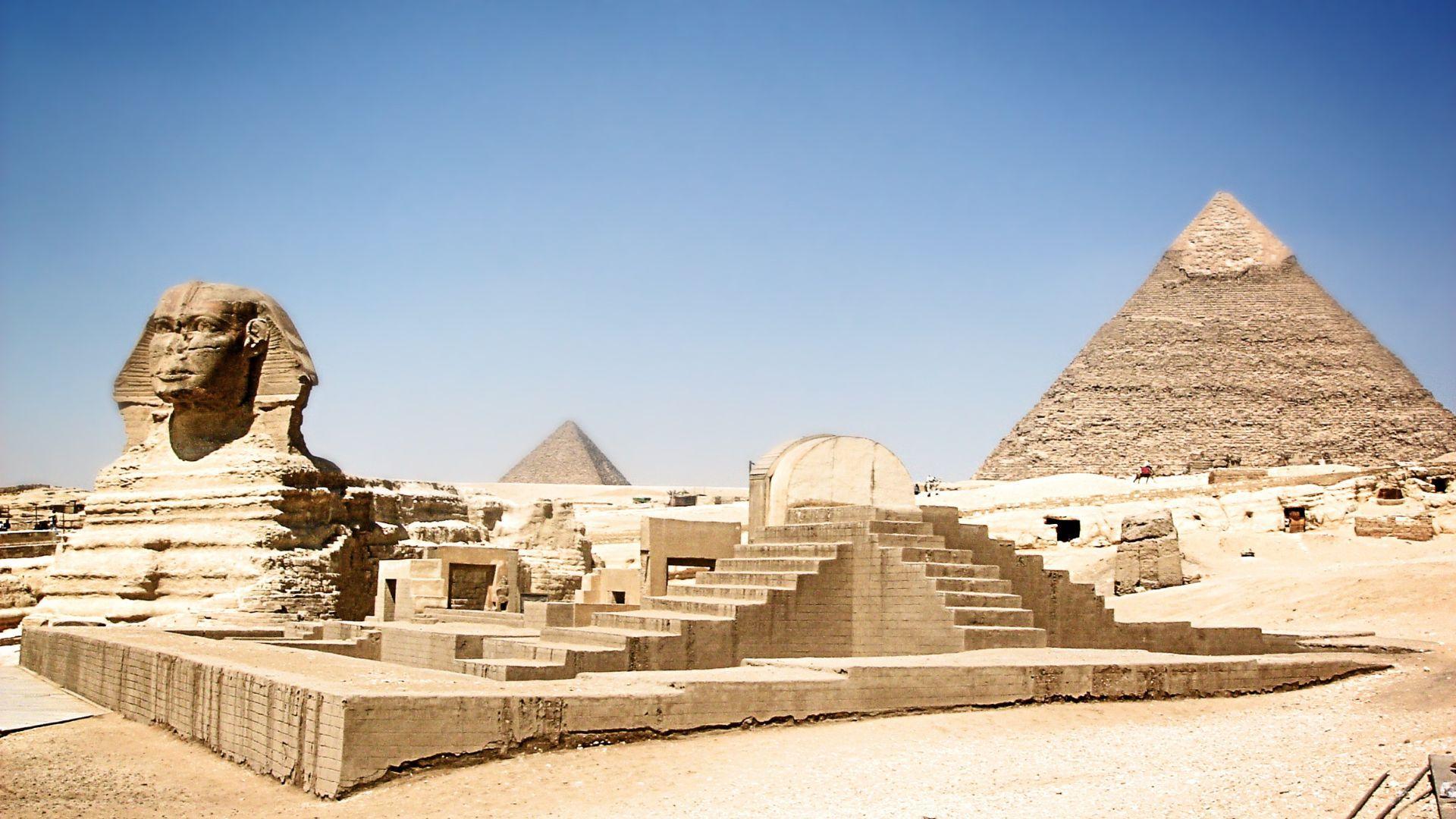
The discovery of this ancient tributary explains why so many pyramids were built between Giza and Lisht—an area that is now dry Saharan desert. Although still enormously impressive, a waterway would have made the task of building the pyramids much easier.
This discovery is just one answer to the many wonders of the ancient world.

